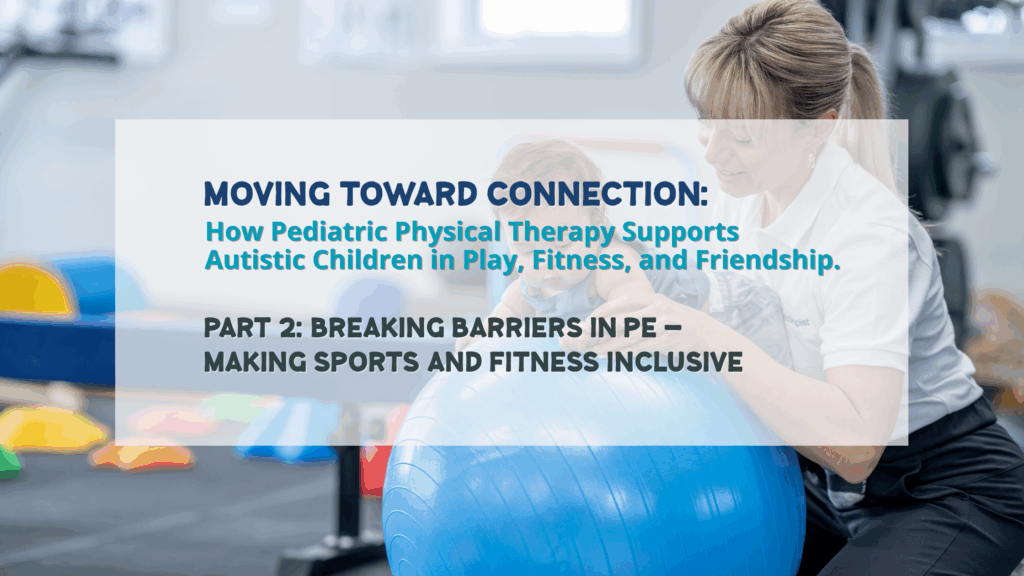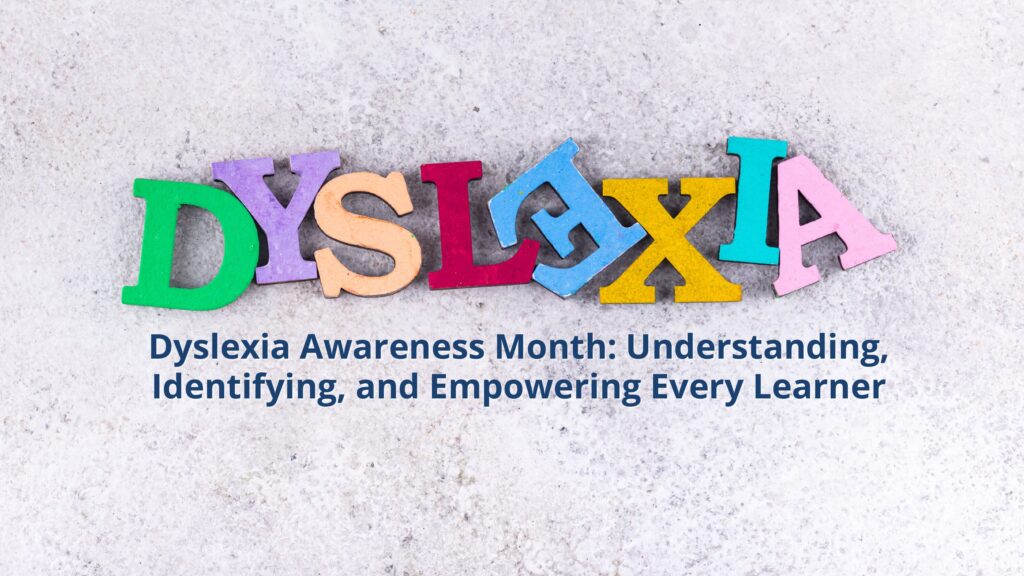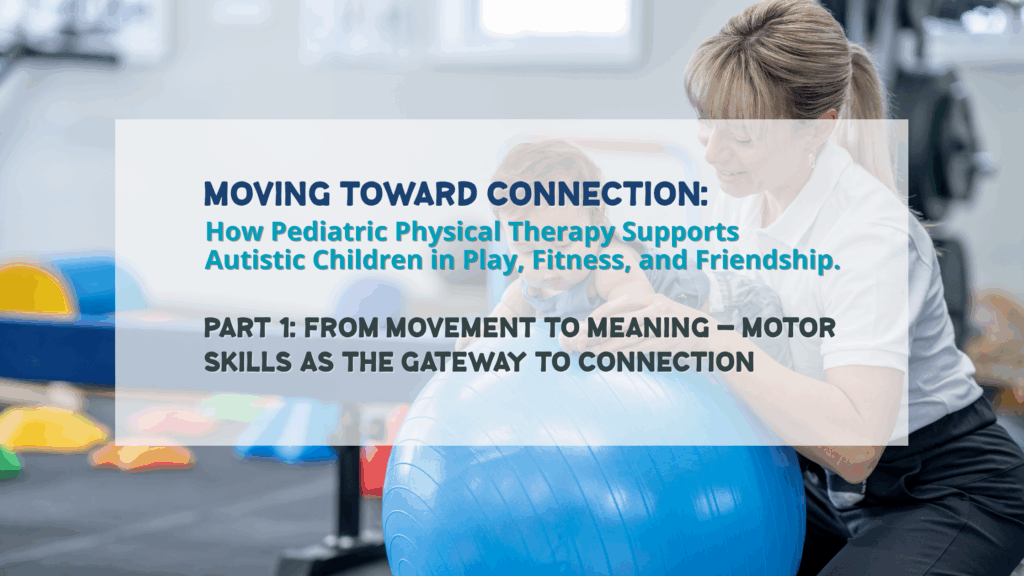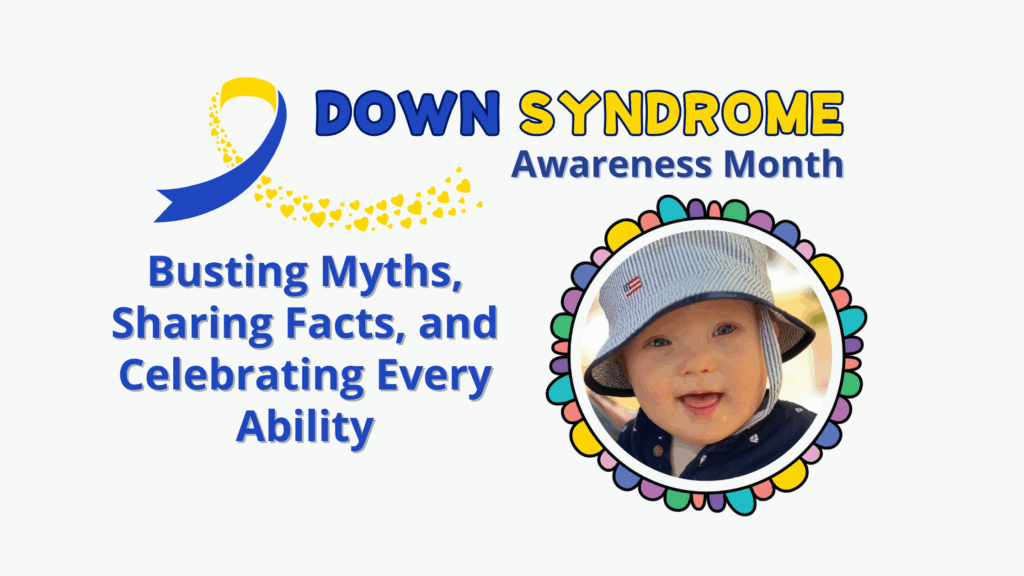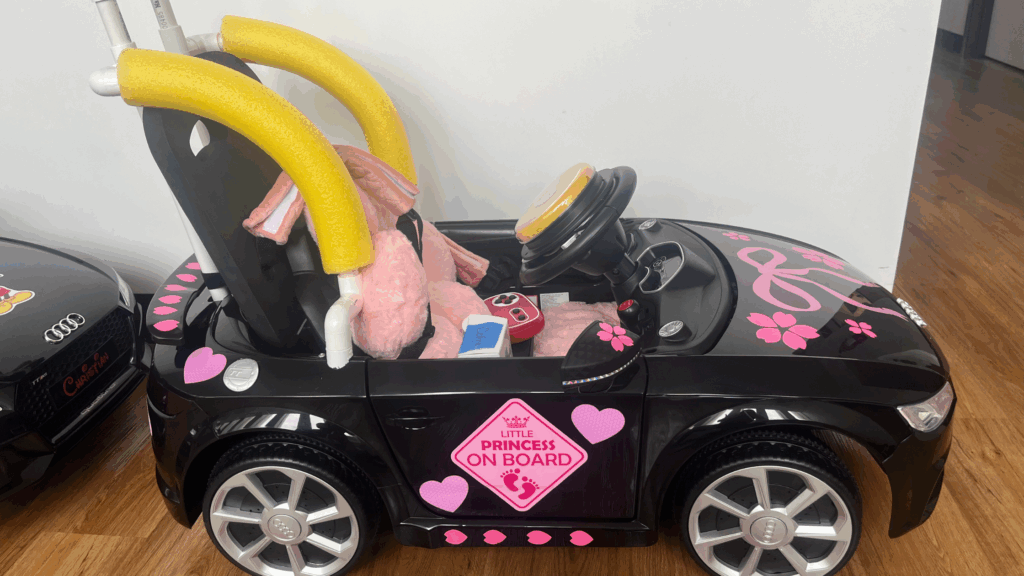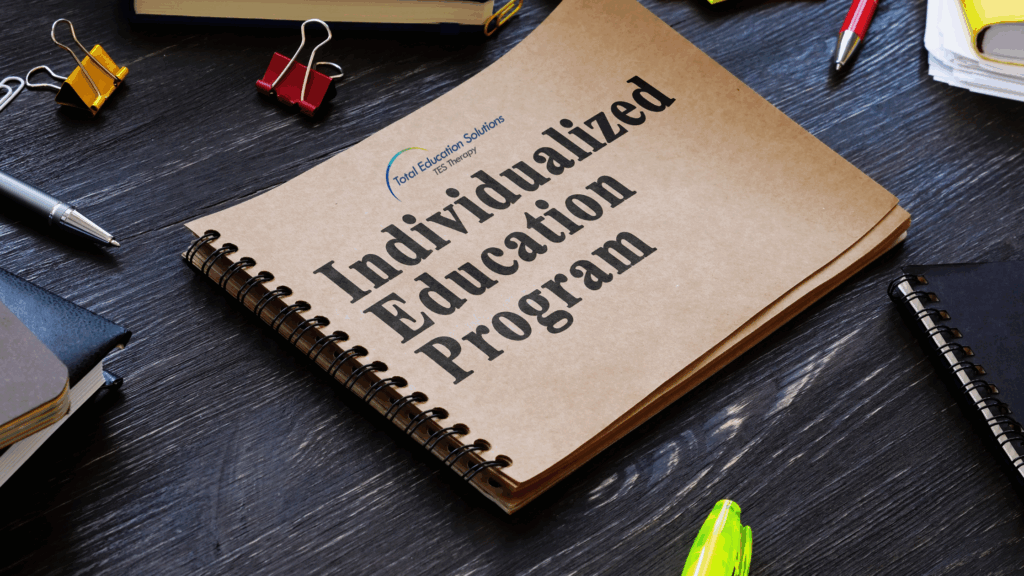By Kristen Weitz, M.Ed., CCC-SLP, Total Education Solutions
October is AAC Awareness Month, a time to celebrate the many ways children and adults find their voices through Augmentative and Alternative Communication (AAC). For some people, speaking out loud comes naturally. For others, it can be hard to make themselves understood. AAC bridges that gap, giving every person a way to connect, share, and be heard.
What Is AAC?
AAC stands for Augmentative and Alternative Communication, which refers to any method of communication other than spoken words. It includes a wide range of tools and techniques, from simple gestures to advanced technology.
AAC can include:
- No-Tech: Gestures, facial expressions, sign language, or pointing.
- Low-Tech: Picture symbols, letter boards, written notes, or communication books.
- High-Tech: Speech-generating devices, tablets with communication apps, or eye-gaze systems.
AAC doesn’t replace speech—it supports communication. In fact, research consistently shows that AAC use can encourage verbal speech rather than hinder it. It provides people with the opportunity to communicate effectively while developing confidence and language skills simultaneously.
“AAC is not a bad thing. It’s not giving up on speech—it’s giving someone a chance to be heard.”
— Kristen Weitz, M.Ed., CCC-SLP
Who Can Benefit From AAC?
AAC can help anyone who struggles to express themselves, regardless of age or diagnosis. Common groups who may benefit include:
- Children who are not yet talking: AAC provides a bridge while their verbal language is developing.
- Children who talk a little: AAC fills in the gaps when speech alone isn’t enough.
- Children who already talk: For those who become tired, anxious, or struggle to find words, AAC offers an alternative, reliable path to communication.
- Adults with communication challenges: Individuals recovering from strokes, traumatic brain injuries, or degenerative conditions like ALS also use AAC to maintain independence.
The goal is always the same: to help people communicate what they want, when they want, to whomever they want.
Common Myths About AAC
Even today, some misconceptions persist about AAC. Let’s clear them up:
- Myth: Using AAC means a child will never talk.
Fact: Studies show AAC often supports verbal language development (Romski & Sevcik, 2005; Millar, Light, & Schlosser, 2006).
- Myth: AAC is only for children who are nonverbal.
Fact: AAC benefits anyone who struggles to communicate effectively, even if they already speak.
- Myth: AAC is a last resort.
Fact: Early introduction leads to stronger language growth and less frustration (ASHA, 2022).
Supporting Your Child’s AAC Journey
Parents play a crucial role in helping children use AAC effectively. The key is to make AAC a natural part of everyday life.
Try these simple strategies:
- Model words on the device. Point to or select words while you talk—just like how we speak around babies long before they talk back.
- Start small. Use a few powerful core words such as go, stop, more, help, I, you, and want.
- Keep it fun. Use AAC during playtime, meals, or family activities.
- Focus on teaching, not testing. Instead of “Show me the word,” model it naturally: “Look, this is how you say ‘help.’”
- Celebrate every attempt. Whether it’s a button press, a gesture, or a spoken sound—acknowledge the effort to communicate.
Remember, communication success is a journey. The more you model and respond, the more your child learns that their voice—whatever form it takes—matters.
Evidence and Resources
If you’d like to explore AAC further, these organizations and studies provide helpful, evidence-based information:
- American Speech-Language-Hearing Association (ASHA): AAC Overview
- PrAACtical AAC: Parent and Professional Resources
- Research:
- Millar, D. C., Light, J. C., & Schlosser, R. W. (2006). The impact of AAC intervention on speech production of individuals with developmental disabilities: A research review. Journal of Speech, Language, and Hearing Research.
- Romski, M., & Sevcik, R. A. (2005). Augmentative communication and early intervention: Myths and realities. Infants & Young Children.
The Bottom Line
AAC is not about replacing speech—it’s about creating opportunities. It helps children connect with parents, teachers, and peers, building confidence and relationships along the way.
If you think your child could benefit from AAC, or if you’re interested in learning how to model it at home, Total Education Solutions can help. Our speech-language pathologists partner with families to identify the most suitable tools and strategies for each child’s unique needs.
Find your nearest TES location and connect with our team at tesidea.com/our-locations.

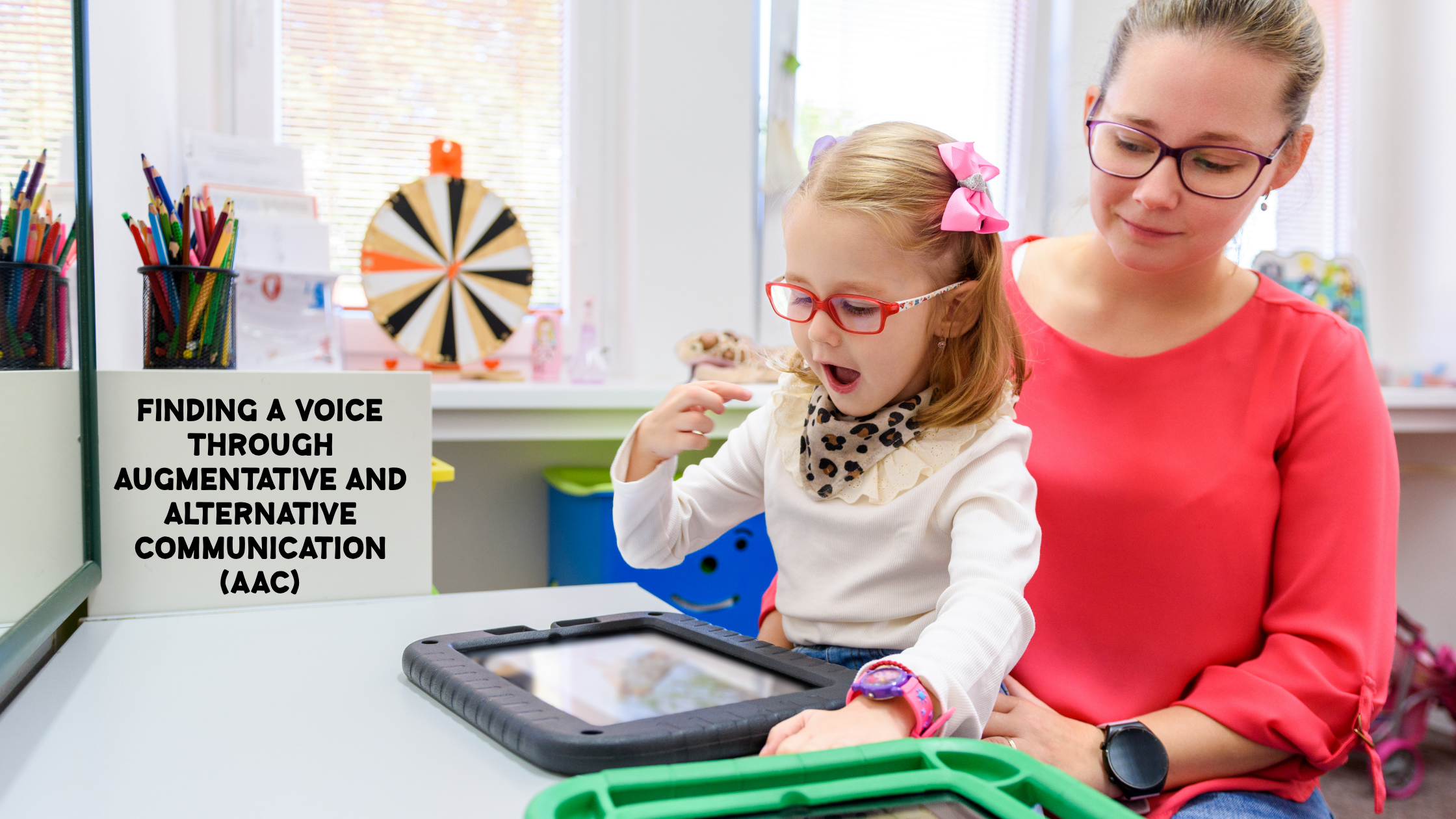
 23 Oct 2025
23 Oct 2025 